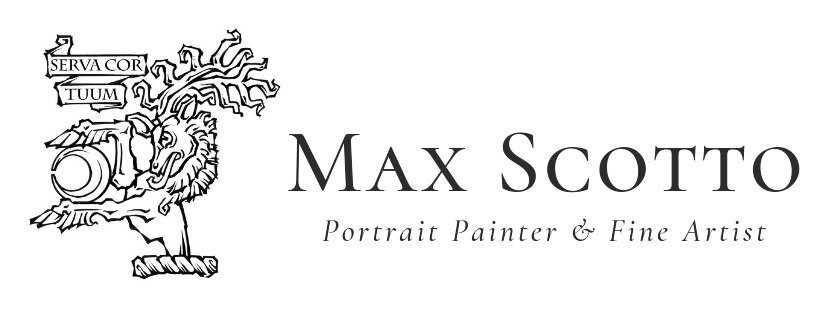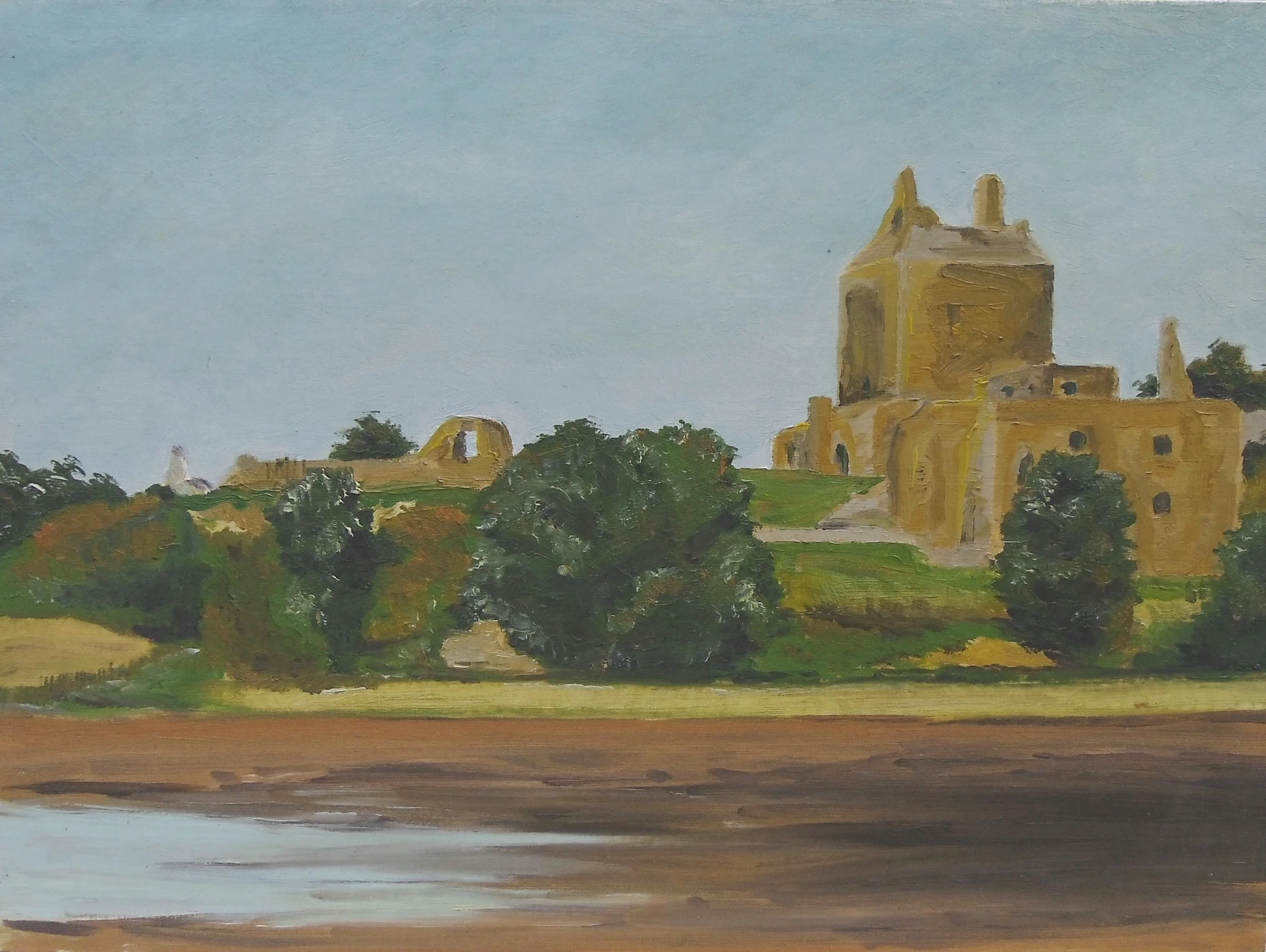Rosemary demonstrating the process of handmaking artists' brushes
Last Friday I visited the Academy of Realist Art in Edinburgh which is, as far as one is aware of, the only Atelier-based academy in Scotland. This is the only educational organisation in which one can formally study to draw and paint realism the way it was taught at the French academies during the 19th century.
I went to see Rosemary, from Rosemary and Co. the best maker of handmade brushes in the UK. As she says, her brushes are more than brushes, they are an experience. Not surprisingly she sells them all over the world and since I discovered her brushes I have not painted with anything else. It was an important day, this was Rosemary’s first time in Scotland on business.
I arrived at midday when Rosemary was about to start her lunch and she left everything to answer my questions and gave full attention to my wife and my inquisitive under 3-year-old boy (I like to include him in my activities as much as I can. Children learn a lot from watching). Rosemary was one of the friendliest and warmest persons I have ever met and, in addition to demonstrating the process of making different brushes, she arranged for me to have a tour of the Academy with Ewan McNaughton, its director.
I left extremely happy. It was the highlight of my week. I returned with a handful of new brushes, nuggets of knowledge on the craft of brush making and a wonderful feeling, that which comes from having met a caring human being and a master craftsman.
Please see below a link to









